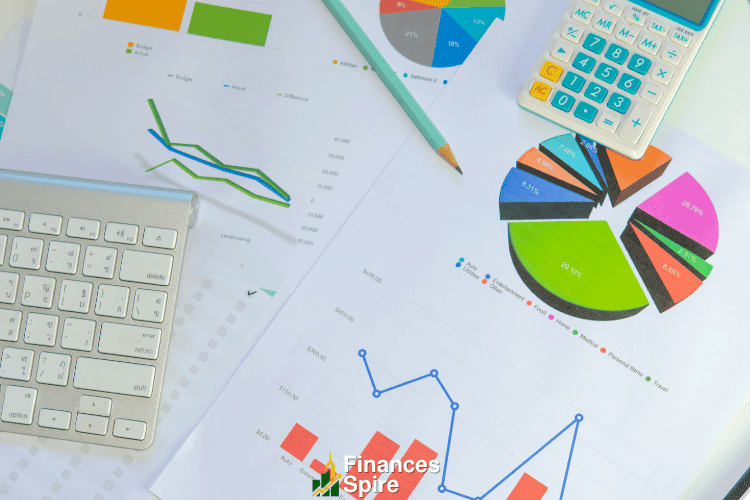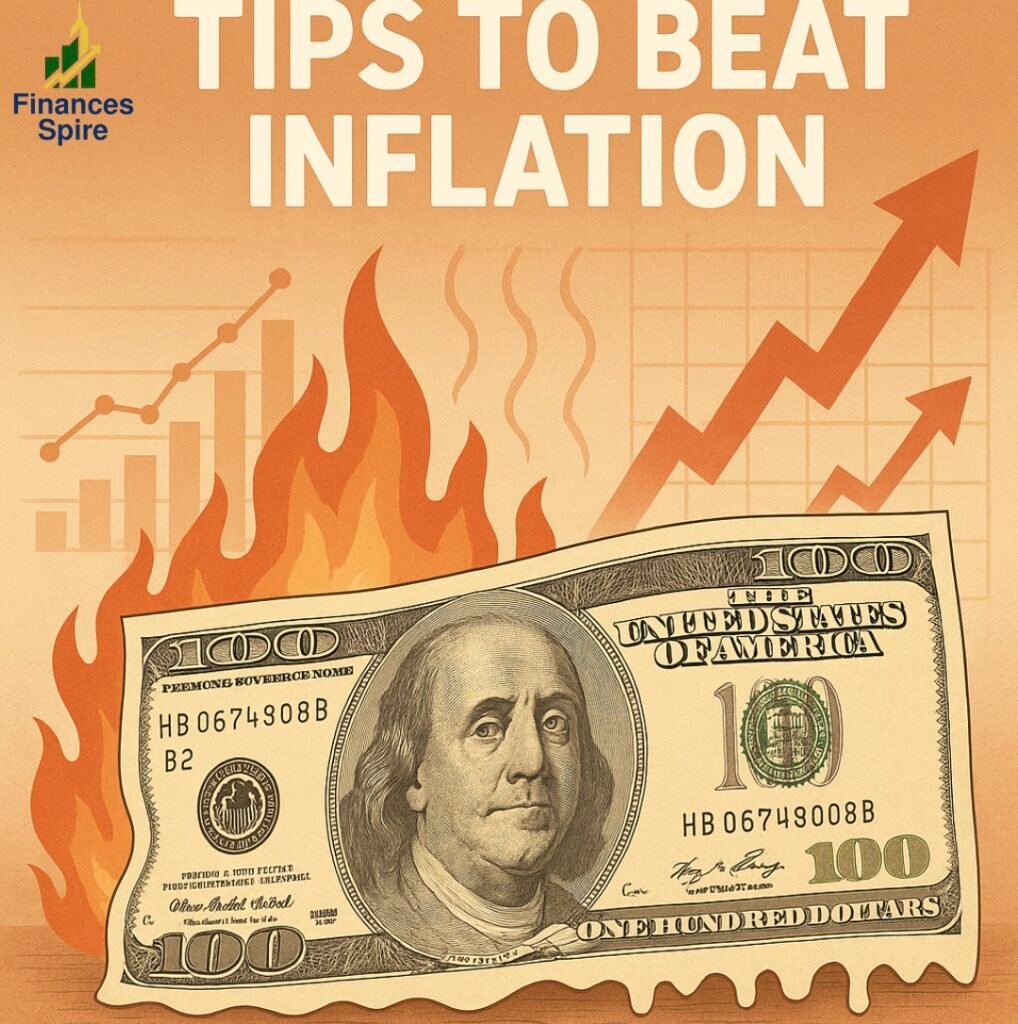Dollar-cost averaging for beginners is more than just a trend—it’s a proven, beginner-friendly investment strategy that simplifies auto-investing. Whether you’re a student, a side hustler, or someone starting their journey to long-term wealth, this guide lays the groundwork for building smart, consistent investing habits using dollar-cost averaging (DCA).
Dollar-Cost Averaging for Beginners: What It Is and How It Works
Dollar-cost averaging is the act of investing a fixed amount of money at regular intervals, regardless of market conditions. Instead of investing a lump sum all at once, the investor spreads out purchases over time. This method reduces the emotional burden of trying to “time the market” and minimizes the impact of volatility.
For instance, if you have $1,200 to invest over the course of a year, you can choose to invest $100 each month rather than everything at once in January. Sometimes you’ll buy more shares when prices are low, and fewer shares when they’re high—resulting in a lower average cost per share over time.
Learn more about how to budget your monthly salary effectively to make investing easier.
Why Dollar-Cost Averaging for Beginners Is Smart Investing
| Benefit | Impact |
|---|---|
| Reduces risk | Smooths out the highs and lows of market volatility |
| Builds investing habits | Encourages consistency and discipline |
| Avoids emotional investing | Removes the temptation to “time” the market |
| Buys market dips | Accumulates more shares when prices drop |
Dollar-cost averaging for beginners is a great strategy because it offers a structured, stress-free path to long-term wealth accumulation and avoids rash decisions caused by market hype or fear.
Real-Life Example: The Power of DCA in Action
Imagine investing $100 every month in a particular stock over four months:
| Month | Stock Price | Shares Bought |
|---|---|---|
| January | $10 | 10.0 |
| February | $8 | 12.5 |
| March | $5 | 20.0 |
| April | $10 | 10.0 |
| Total | — | 52.5 shares |
Total Invested: $400
Average Cost per Share: $400 ÷ 52.5 = $7.62
According to Investopedia, this is one of the core advantages of dollar-cost averaging.
How to Start Auto-Investing Using Dollar-Cost Averaging
1. Define Your Monthly Investment Budget
Even $25/month can create momentum. Start with what you can afford without impacting essential expenses.
2. Select an Auto-Investing Platform
- M1 Finance – Customizable pies, zero-commission trades
- Fidelity – No minimum balance, trusted platform
- Robinhood – Recurring crypto + stock options
- Stash – Fractional shares, learning tools for beginners
3. Choose Your Investment Vehicles
- ETFs (e.g., S&P 500 index funds)
- Dividend-paying stocks
- ESG funds (Environmentally & socially responsible)
4. Link Your Bank & Automate Deposits
Schedule automatic monthly investments to match your pay cycle.
5. Stay Consistent – Especially During Market Drops
Dollar-cost averaging for beginners is most effective when you stick with it. Market dips mean more shares at lower prices—great for your long-term return.
Avoid These Common DCA Mistakes
- ❌ Stopping contributions during downturns
- ❌ Changing investments too frequently
- ❌ Using money you’ll need soon
- ❌ Ignoring platform and fund fees
Pro Tip: Check fund expense ratios. Anything above 0.5% annually could eat into your profits.
DCA Readiness Quiz – Are You Ready to Start?
Ask yourself:
- ✅ Can you commit to monthly investing—even $20?
- ✅ Can you ignore short-term market noise?
- ✅ Do you want to automate and simplify your finances?
If you said “yes” to two or more, you’re ready for dollar-cost averaging for beginners.
Testimonials: Real People Using DCA Successfully
“Starting with just $50/month into an ETF made a huge difference. I stopped stressing over market news, and my portfolio is quietly growing.”
— Layla, 26, Freelance Designer
“I used to panic-sell in market dips. Now with auto-investing, I don’t even notice the noise. It’s running on autopilot.”
— Mohammed, 32, Project Manager
Free Resource: Dollar-Cost Averaging Starter Toolkit
Download includes:
- Investment tracking spreadsheet (Google Sheets + Excel)
- DCA vs. Lump Sum Return Calculator
- Auto-Investment Setup Checklist
- List of top low-fee platforms
Final Thoughts: Why Dollar-Cost Averaging for Beginners Works
Dollar-cost averaging for beginners offers a simple and stress-free introduction to long-term investing. It removes guesswork, avoids emotional decisions, and builds consistent investing behavior.
Start small. Stay consistent. Let compounding do the rest.
Looking to grow your savings too? Don’t miss our guide to saving $10,000 in a year.
The best day to invest was yesterday. The next best day is today.



